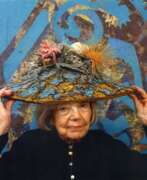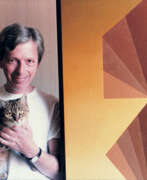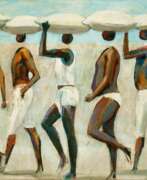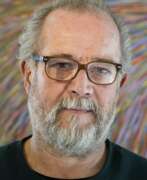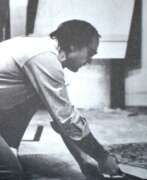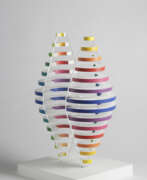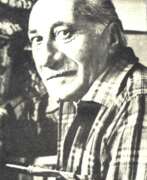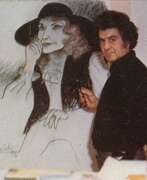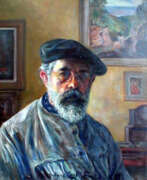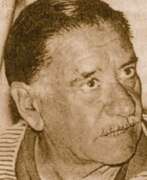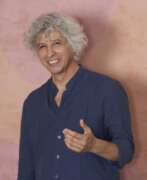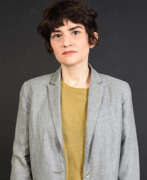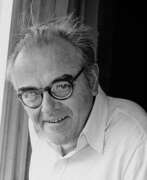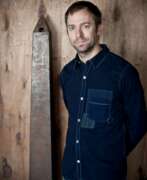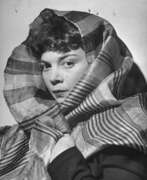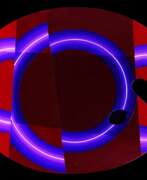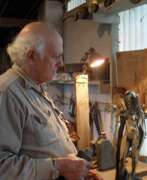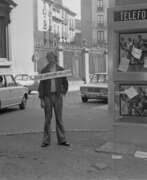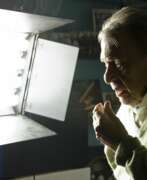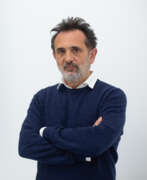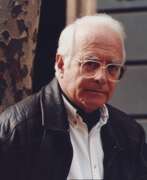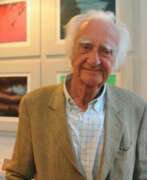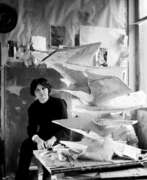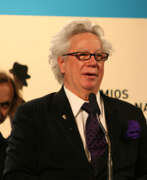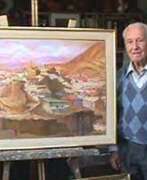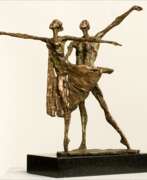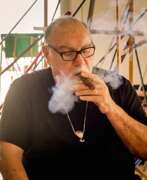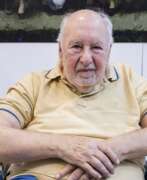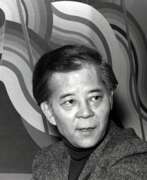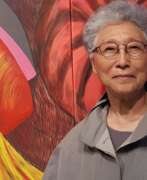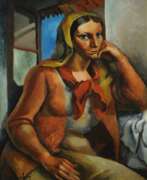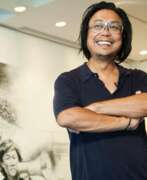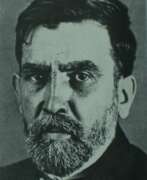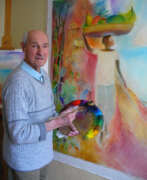Argentina Contemporary art
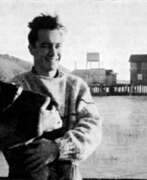

Esteban Fekete was a Hungarian, German, and Argentine painter. He worked and experimented in different techniques - color woodcuts, oil paintings on canvas, wood or organelite. In his paintings we see the world of people, animals and their environment.
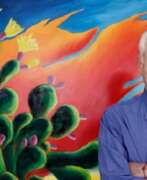

Nicolás García Uriburu was an Argentine contemporary artist, landscape architect, and ecologist. His work in land art was aimed at raising consciousness about environmental issues such as water pollution.
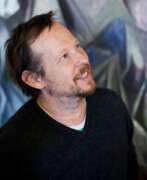

Guillermo Kuitca is an Argentine artist, who continues to work and live in Buenos Aires. Kuitca's work has been shown extensively around the globe, and is included in many important public collections. Kuitca represented Argentina at the 2007 Venice Biennale. Recurrent themes of travel, maps, memory, and migration can be found in Kuitca’s work. He won the Konex Award from Argentina in 1992 and 2002.
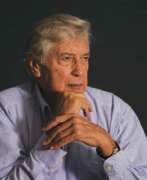

Julio Le Parc, an Argentine artist born in 1928, is celebrated for his significant contributions to modern op art and kinetic art. Educated at the School of Fine Arts in Argentina, Le Parc is a founding member of the influential Groupe de Recherche d’Art Visuel (GRAV) and has received numerous accolades for his work, cementing his status as a key figure in Argentine modern art.
Le Parc's art is renowned for its interactive nature, inviting viewers to experience his works through light, movement, and perception, rather than through narrative or representational content. His piece "Light in Movement" (1962), for example, uses painted drywall, mirrors, stainless steel, nylon thread, and spotlights to create an immersive environment of reflected and refracted light, exemplifying his focus on the sensory experience. Other notable works include "Celule Avec Luminere un Vibration" (1968), which employs light projections to create rhythmic patterns that immerse the viewer in a sensorial experience.
Le Parc's explorations extend to various series such as the "Alchemy" and "Modulation" series, where he experiments with elements like water and light to investigate movement and perception. "Alchemy 175" and "Alchemy 216," from 1991 and 1992 respectively, reflect his fascination with the transformative properties of water and light, while "Modulation 1160" (2004) is recognized for its illusion of motion, showcasing Le Parc's continuous innovation.
Julio Le Parc's works have been exhibited globally, including at prestigious venues like the Perez Art Museum Miami and the Serpentine Sackler Gallery, among others, highlighting his international acclaim and influence.
For those intrigued by the immersive and interactive qualities of Julio Le Parc's art, subscribing for updates on new product sales and auction events related to his works can offer exclusive insights and opportunities to engage with the artist's pioneering contributions to kinetic and op art.
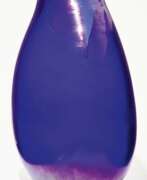

Alejandro Ruiz is an Argentine artist, industrial designer, interior architect and educator.
Alejandro Ruiz graduated in industrial design at UNLP in La Plata, Argentina. He has taught classes at the Domus Academy, where he received his Master's degree, and at the Faculty of Architecture of the Technical University of Milan. At Studioruiz, a company he founded himself, he has worked with various internationally renowned brands.
Alejandro Ruiz has participated in many interior design and architecture events and exhibitions in Italy, France, Finland, Germany, Japan, the Netherlands, England and the USA. In 1994, together with Anna Lombardi, he created the Lessdesign brand, whose aim was to develop industrial projects. The designer has been involved in packaging, interior, store, event and exhibition design at Studioruiz.
